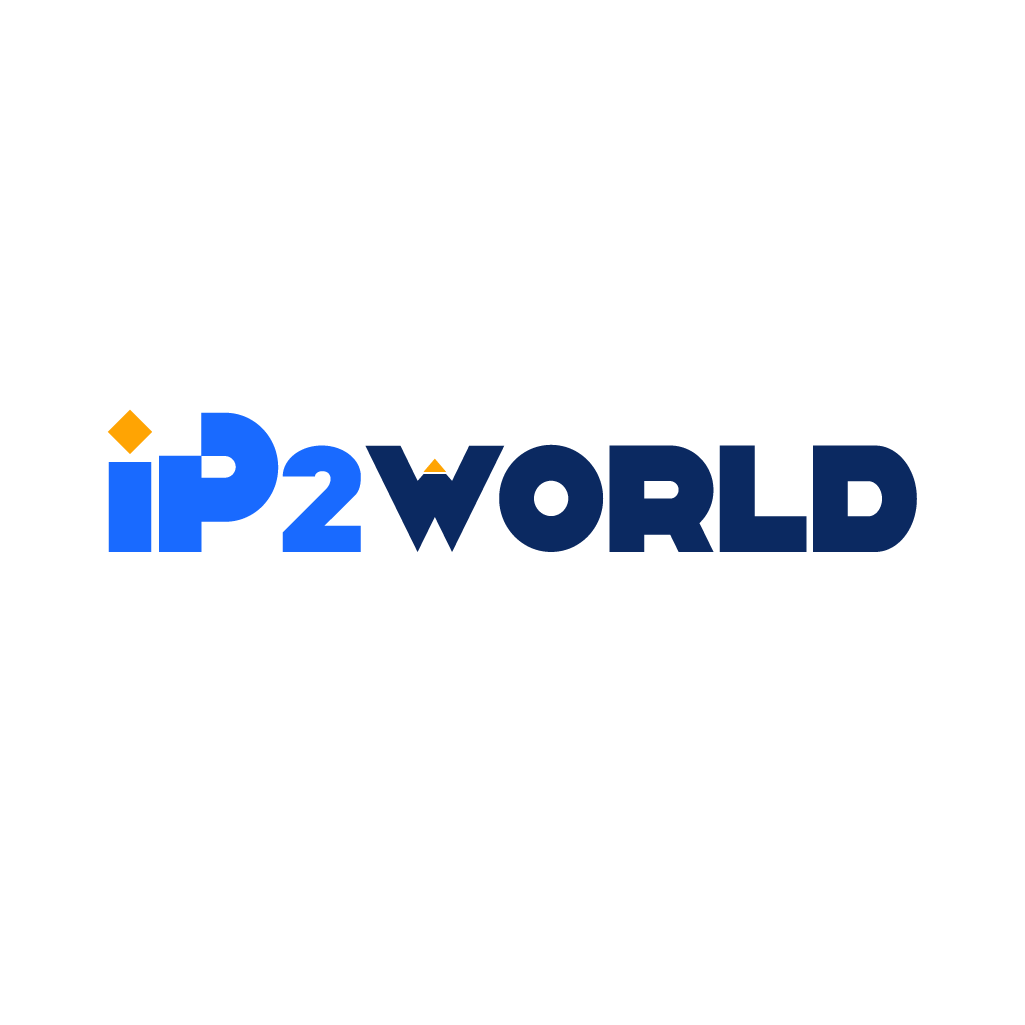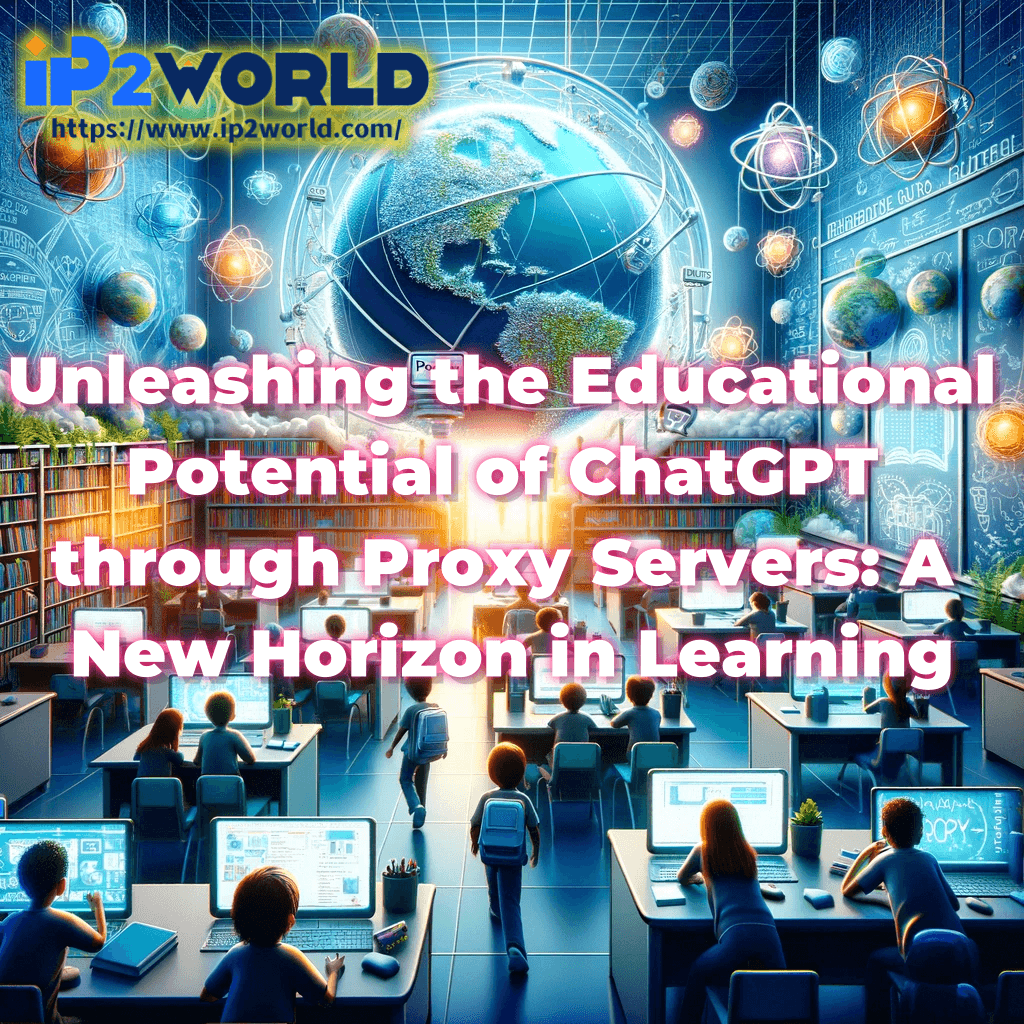In the evolving realm of education, where technology increasingly serves as a cornerstone for enriching learning experiences, the integration of advanced tools like ChatGPT into the classroom has sparked a significant conversation. Amid this digital renaissance, however, many educational institutions have erected barriers around internet accessibility, restricting access to potentially transformative resources like ChatGPT. This cautious approach, aimed at shielding students from the myriad distractions and potential pitfalls of the digital world, inadvertently stifles the vast educational potential these technologies harbor. This article explores the nuanced role of proxy servers in bridging this gap, facilitating ChatGPT's entry into educational settings, and unlocking its myriad benefits for students and educators alike. Understanding the Role of Proxy Servers Proxy servers, in the digital age, function as the unsung heroes of internet accessibility and privacy. By acting as an intermediary between users and the web, they offer a dual service: concealing users' identities and providing access to a broader spectrum of knowledge. This dynamic serves not just as a bypass for internet restrictions but as a foundational pillar for equitable access to information. When a user connects to the internet via a proxy server, their requests are sent to the proxy, which then forwards these requests to the intended web servers. This means that to the outside world, the IP address of the proxy server is visible, not the user's. This simple yet profound mechanism has far-reaching implications for educational settings where access to information can be curtailed by network restrictions. The role of proxy servers extends beyond mere access; they serve as gatekeepers and facilitators of rich educational content. In an era where information is power, proxy servers empower students by unlocking doors to global knowledge bases, including advanced platforms like ChatGPT. This access is instrumental in leveling the playing field, ensuring that students from diverse backgrounds have the same opportunities to learn and explore the vast resources available online. The Educational Renaissance Through ChatGPT Proxies The integration of ChatGPT, accessed through proxy servers, into educational frameworks marks the dawn of a transformative era in learning. This revolution is not just about the accumulation of knowledge but about redefining the very essence of the educational journey. ChatGPT, with its sophisticated understanding of natural language, offers a bridge between students and the boundless realms of information and creativity. Enhancing Learning Opportunities: The advent of ChatGPT as an educational tool reimagines learning as a dynamic, interactive process. Students are no longer passive recipients of information but active participants in a dialog with an AI capable of guiding, explaining, and inspiring. This interactive model facilitates a more profound understanding of subjects, making learning a captivating experience. Whether it's breaking down complex scientific theories, offering historical insights, or inspiring a piece of creative writing, ChatGPT stands ready to assist students in their quest for knowledge, tailored to their pace and style of learning. Fostering Language Development: Language learning with ChatGPT through proxies opens a new dimension of linguistic exploration for students. The AI's capacity to understand, respond, and correct language in real-time provides learners with an immersive experience. This interactive engagement mimics the nuances of human conversation, making it an excellent tool for practicing pronunciation, vocabulary, and grammar. Moreover, the diversity of languages supported by ChatGPT means students can practice and learn languages far beyond the traditional classroom offerings, from the comfort of their school or home. Cultivating Problem Solving and Critical Thinking: ChatGPT’s role in enhancing critical thinking and problem-solving skills is perhaps one of its most valuable contributions to education. By posing questions, challenging assumptions, and presenting complex scenarios, ChatGPT encourages students to think critically and develop solutions. This process is invaluable in teaching students not just to accept information at face value but to engage deeply with content, evaluate evidence, and formulate reasoned arguments. The AI's ability to provide feedback and alternative perspectives enriches this learning process, ensuring that students not only find answers but understand the rationale behind them. Navigating the Digital Landscape Responsibly The introduction of proxy servers into the educational realm, particularly for accessing advanced AI tools like ChatGPT, presents a groundbreaking opportunity to enrich learning. However, this technological leap also necessitates a mindful and principled approach to its utilization. The essence of responsibly navigating this digital landscape lies in the conscious adherence to a set of ethical standards and institutional policies designed to guide students' online conduct. Ethical integrity and respect for the framework of educational institutions form the cornerstone of responsible digital navigation. Students are encouraged to employ ChatGPT proxies as a means to enhance their learning experience, exploring the vast potential of AI to supplement their studies, research, and creative endeavors. The objective is to utilize these technologies to expand one's intellectual horizons and not as a shortcut to bypass academic challenges or commitments. Moreover, the responsible use of proxy servers and ChatGPT extends beyond adhering to rules; it encompasses a broader commitment to academic honesty and intellectual curiosity. Students are tasked with the responsibility to engage with digital resources in a manner that enriches their understanding, encourages genuine exploration, and contributes positively to their academic and personal growth. This includes recognizing the value of original thought, the importance of critical analysis, and the pursuit of knowledge for its own sake, rather than merely as a means to an end. Educational institutions play a pivotal role in guiding students through this digital terrain by setting clear policies, providing education on digital ethics, and fostering an environment that encourages ethical online behavior. This includes educating students on the appropriate use of AI and proxy servers, highlighting the importance of digital footprints, and instilling a sense of responsibility towards the use of online resources. Addressing the Risks: A Balanced Approach The integration of generative AI, such as ChatGPT, into educational settings brings to light a myriad of social, ethical, and security challenges that demand careful consideration. As these technologies become more embedded in the educational process, institutions are faced with the task of navigating a landscape filled with both unprecedented opportunities and significant risks. One of the primary concerns revolves around academic dishonesty. The ease with which students can generate essays, reports, and answers to complex questions using ChatGPT poses a risk to the integrity of academic work. Additionally, there's the challenge of ensuring that students do not become overly reliant on AI for their learning, potentially hindering the development of critical thinking and problem-solving skills. To mitigate these risks, educational institutions must adopt a balanced approach that embraces the benefits of ChatGPT while addressing its potential pitfalls. This involves establishing comprehensive guidelines that delineate acceptable uses of AI in academic work, incorporating discussions about academic integrity into the curriculum, and encouraging students to use AI as a supplementary tool rather than a primary source of information. Promoting digital literacy is another crucial aspect of this approach. By equipping students with the skills to critically evaluate digital content and understand the underlying mechanisms of AI technologies, educators can foster a more informed and discerning use of ChatGPT and similar tools. This includes teaching students about the limitations of AI, the importance of verifying information, and the value of engaging deeply with subject matter. Moreover, schools should encourage critical engagement with technology, prompting students to question and explore the ethical implications of AI, understand its impact on society, and consider the responsibilities that come with its use. Through dialogue, debate, and exploration, students can develop a nuanced understanding of how AI can be harnessed to support their educational goals while being mindful of its broader societal effects. Conclusion: Charting the Future of Education The integration of proxy servers to facilitate access to ChatGPT within educational settings represents a critical step toward redefining the learning experience. By unlocking the full potential of this advanced linguistic model, students gain access to a world of interactive learning opportunities, enhanced language practice, and enriched problem-solving exercises. As we navigate this digital frontier, the onus is on both educators and students to embrace these technologies responsibly, ensuring that the digital transformation of education proceeds in a manner that is secure, ethical, and aligned with the overarching mission of education: to enlighten, empower, and inspire.
2024-03-12




